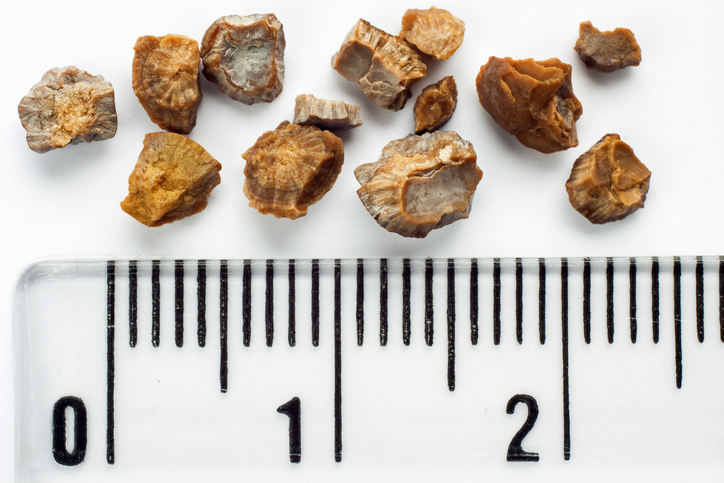
Kidney stone disease is highly prevalent, and men are at higher risk of developing stones compared with women. However, according to Pietro Manuel Ferraro, MD, MSc, PhD, and colleagues, recent data suggest changes in epidemiology, with women becoming relatively more affected by kidney stones than in the past. There are few data available on the reasons for the differences in prevalence of kidney stones by sex and the changes over time.
During a virtual presentation at ASN Kidney Week 2021, the researchers reported results of an analysis designed to identify the associations between sex and incident kidney stones. The presentation was titled Factors Associated with Sex Differences in the Risk of Kidney Stones.
The analysis included data from three large cohorts. The incidence rates of kidney stones for men and women overall and across categories of age and calendar time were calculated. Age-adjusted Cox proportional hazards regression models were used to generate hazard ratios (HRs) and 95% confidence intervals (CIs). Mediation analysis was used to estimate the amount of excess risk for men explained by established risk factors (waist circumference, history of high blood pressure, history of diabetes, use of thiazides, and dietary intake). The study also examined 24-hour urine composition.
Data from 268,553 participants, representing 5,872,249 person-years of follow-up, were included in the analysis. During the follow-up, 10,302 incident stone events were confirmed. For men, the incidence rate of kidney stones was 271 per 100,000 person-years; the rate for women was 159 per 100,000 person-years. The age-adjusted HR for men compared with women was 2.32 (95%CI, 2.20-2.45).
The risk factors included in the analysis accounted for part of the difference in incidence rates, particularly waist circumference and fluid intake. The risk of stones was consistently higher across categories of age among men compared with women (HRs ranged from 2.02 to 2.76). In analysis adjusting for calendar time, the risk remained higher among men, but tended to decrease over time while it increased in women, resulting in a 48.1% decrease post-2009 compared with pre-1990.
Men had higher supersaturations for calcium oxalate and uric acid, due primarily to 26.3% higher urine oxalate, 16.3% higher urine uric acid, 23.5% higher urine phosphate, and more acidic urine. The increased risk among men was significantly influenced by urine volume, citrate, oxalate, and pH.
In conclusion, the authors said, “The risk of kidney stones is higher among men compared with women. This difference is only partly explained by modifiable lifestyle risk factors; however, differences in urine chemistries explain a substantial fraction of the excess risk.”
Source: Ferraro PM, Taylor EN, Curhan GC. Factors associated with sex differences in the risk of kidney stones. Abstract of a presentation at the American Society of Nephrology virtual Kidney Week 2021 (Abstract OR30), November 4, 2021.





 © 2025 Mashup Media, LLC, a Formedics Property. All Rights Reserved.
© 2025 Mashup Media, LLC, a Formedics Property. All Rights Reserved.